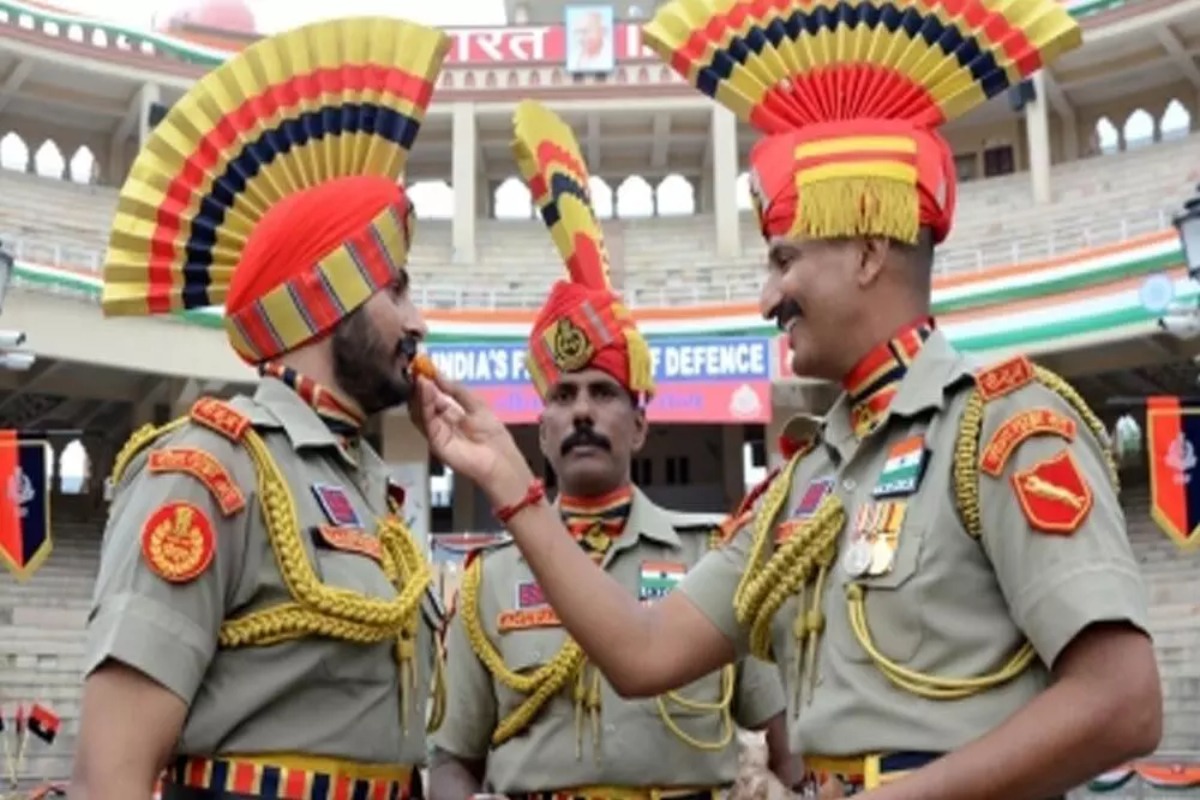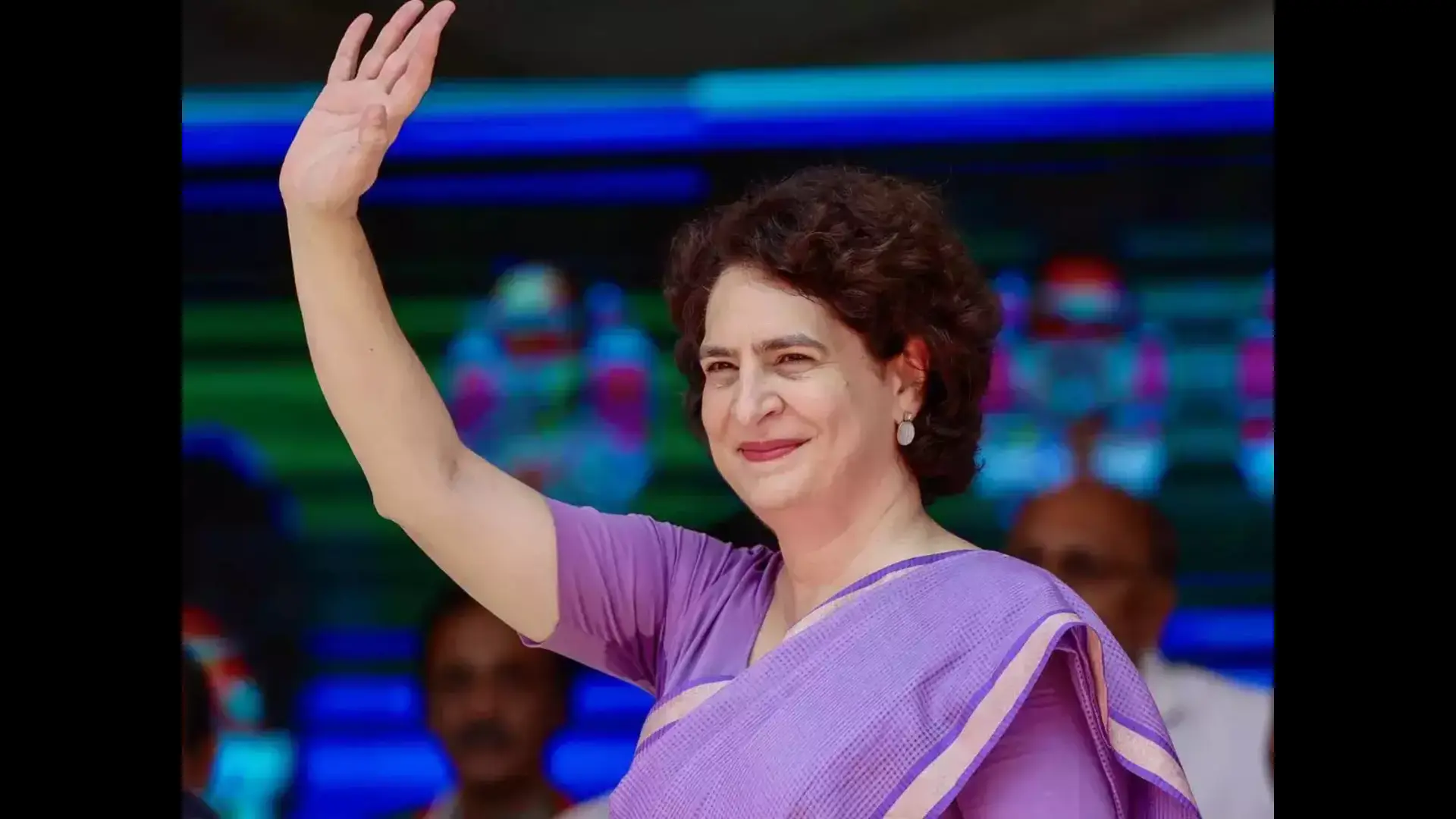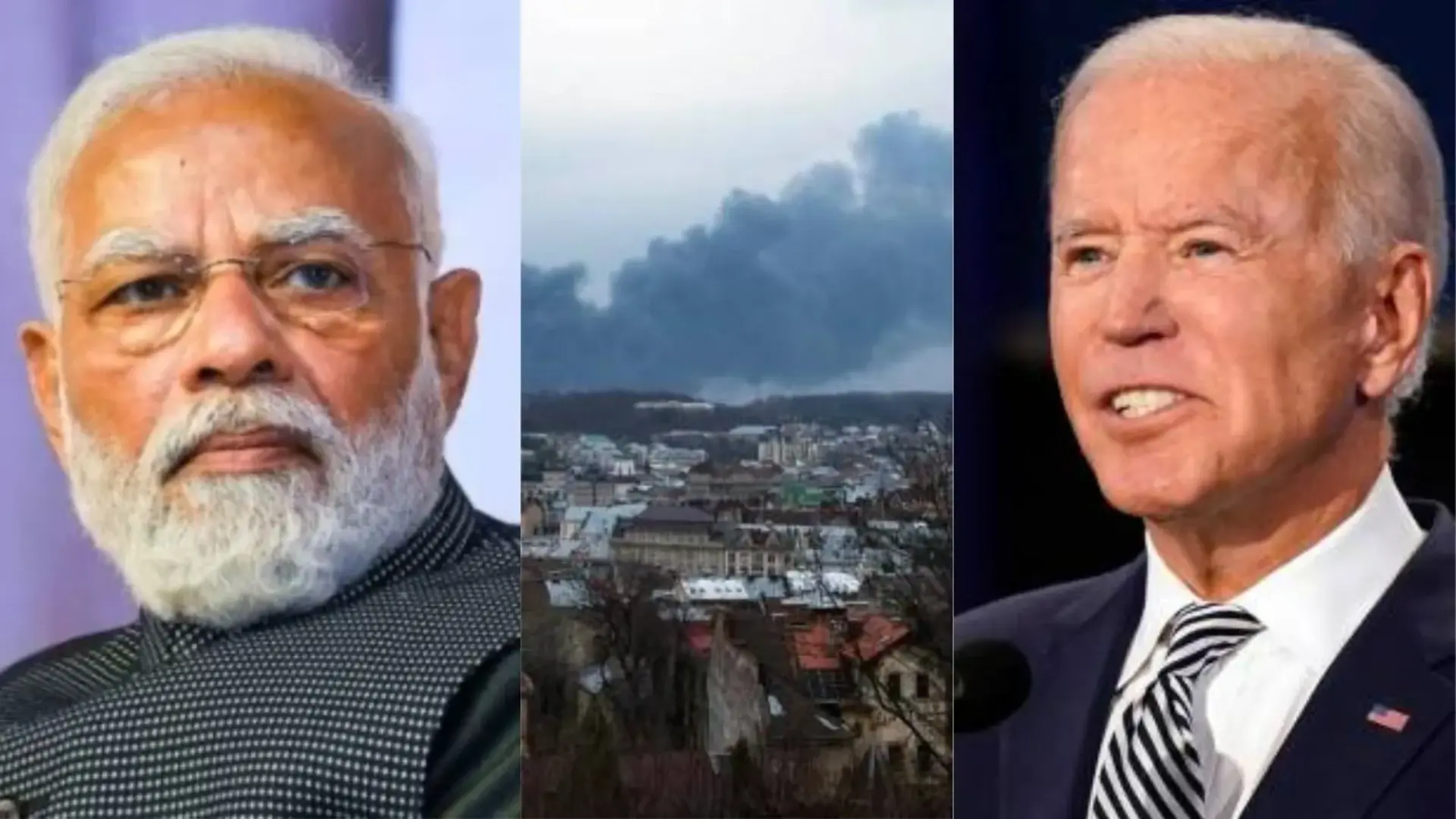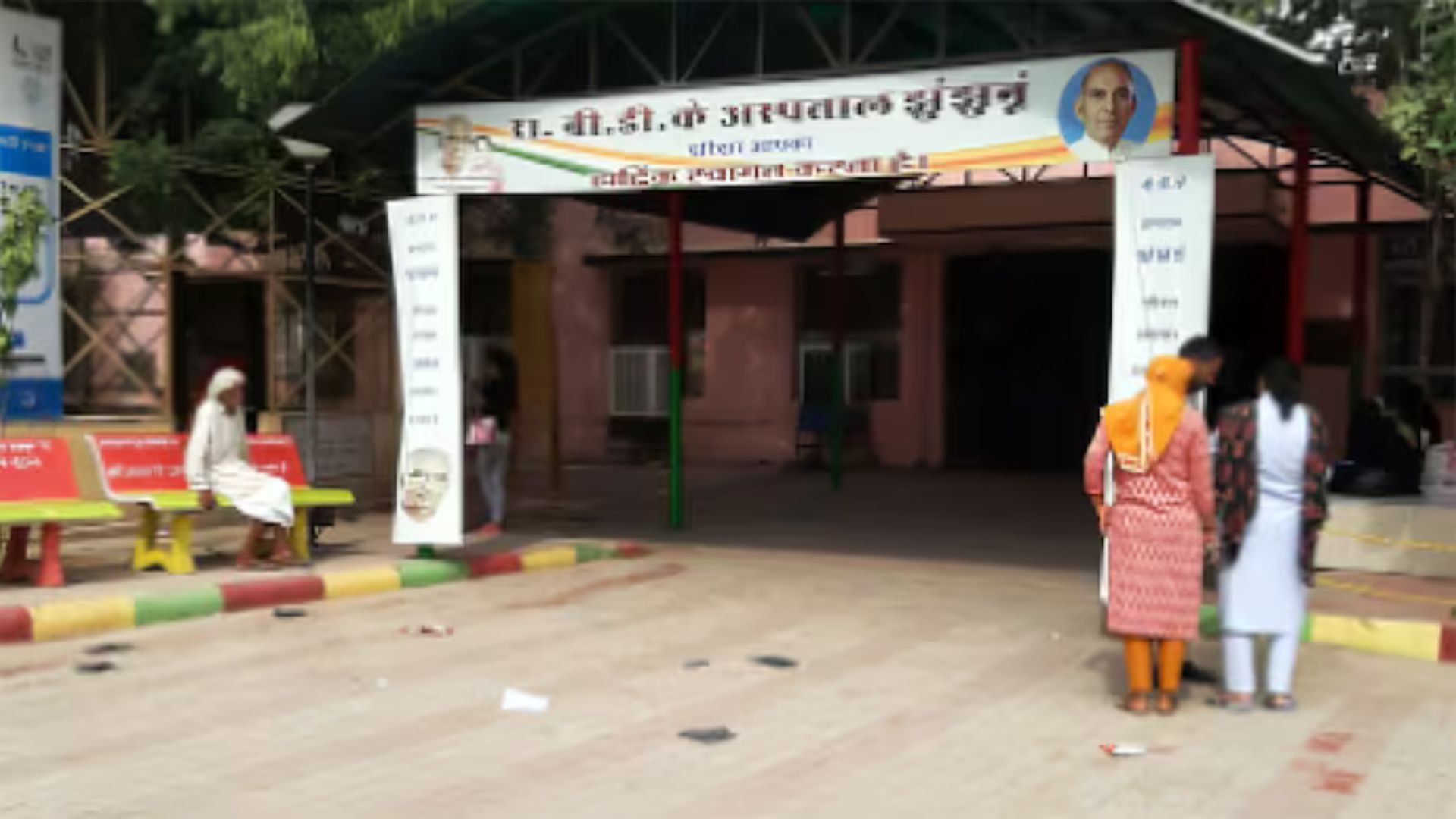
Introduction:
Wagah Border, nestled between India and Pakistan, undergoes a transformative experience on the 26th of January each year as India celebrates Republic Day. This border, marked by historical significance, witnesses an augmented fervor and patriotic spirit during the elaborate Wagah-Attari Border Ceremony, becoming a symbol of unity amidst geopolitical complexities.
Historical Background:
The Wagah Border, a product of the partition of British India in 1947, holds historical relevance as the dividing line between the Indian state of Punjab and the Pakistani province of Punjab. Named after the village of Wagah, this border became a tangible manifestation of the political upheaval and territorial divisions of that era.
Republic Day Celebrations:
Republic Day in India marks the adoption of the Indian Constitution in 1950, and the celebration extends beyond the capital to places of cultural and historical significance, including the Wagah Border. On the 26th of January, the border assumes a heightened importance, with special arrangements and events planned to commemorate this significant day.
Wagah-Attari Border Ceremony on Republic Day:
The daily Wagah-Attari Border Ceremony, known for its synchronized drills and vibrant display of national pride, takes on an extra layer of grandeur on Republic Day. Thousands of spectators, including locals, tourists, and dignitaries, gather to witness this extraordinary event.
The ceremony commences with the lowering of the national flags of India and Pakistan, accompanied by spirited military drills performed by the Border Security Force of India and the Pakistan Rangers. The rhythmic stomping, high kicks, and precise maneuvers create a spectacle that captivates the audience on both sides of the border.
Special Performances and Cultural Displays:
Republic Day at Wagah Border is not merely about military drills; it also includes special performances and cultural displays that showcase the rich heritage and diversity of India. Traditional dances, music, and patriotic songs add an artistic dimension to the celebration, fostering a sense of national pride and unity.
Enhanced Atmosphere of Patriotism:
The atmosphere at Wagah Border on the 26th of January is electrifying. The crowd, draped in the tricolor, waves flags and chants slogans, creating an atmosphere charged with emotion and patriotism. Spectators participate wholeheartedly, contributing to the collective celebration of the ideals enshrined in the Indian Constitution.
Symbolism of Unity:
While the Wagah Border historically represents a political and territorial division, the Republic Day celebrations underscore a deeper symbolism of unity. Despite the geopolitical tensions, this day becomes a testament to the shared cultural heritage and the resilience of people on both sides of the border.
Conclusion:
Wagah Border on the 26th of January is a living embodiment of the ideals and aspirations encapsulated in India’s Republic Day. The Wagah-Attari Border Ceremony, with its unique blend of military precision, cultural expressions, and heightened patriotism, transforms this historical site into a stage where history, tradition, and contemporary celebrations converge. Witnessing the Wagah Border on Republic Day is not just an observation of a military ritual; it is a profound experience that encapsulates the spirit of a nation celebrating its unity in diversity














